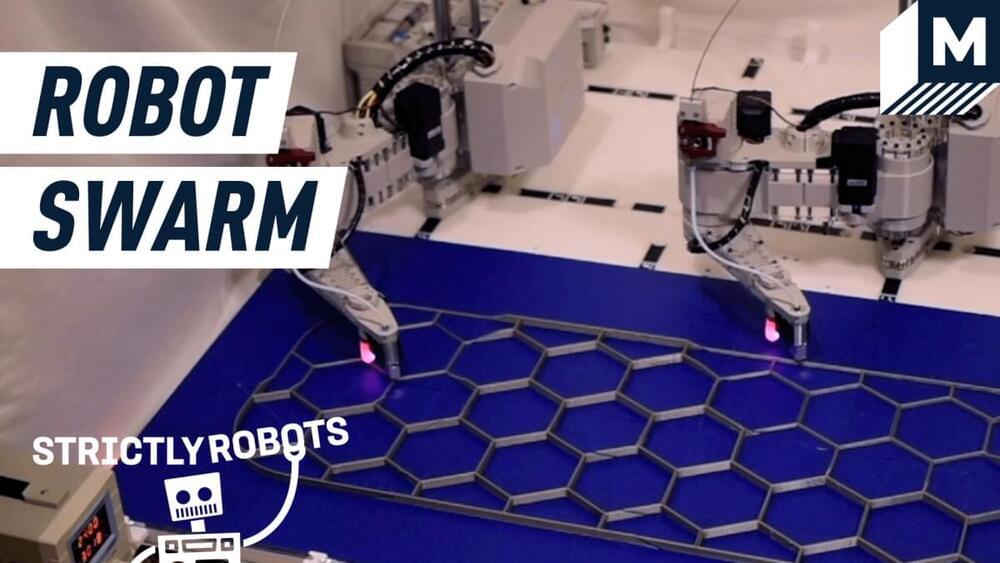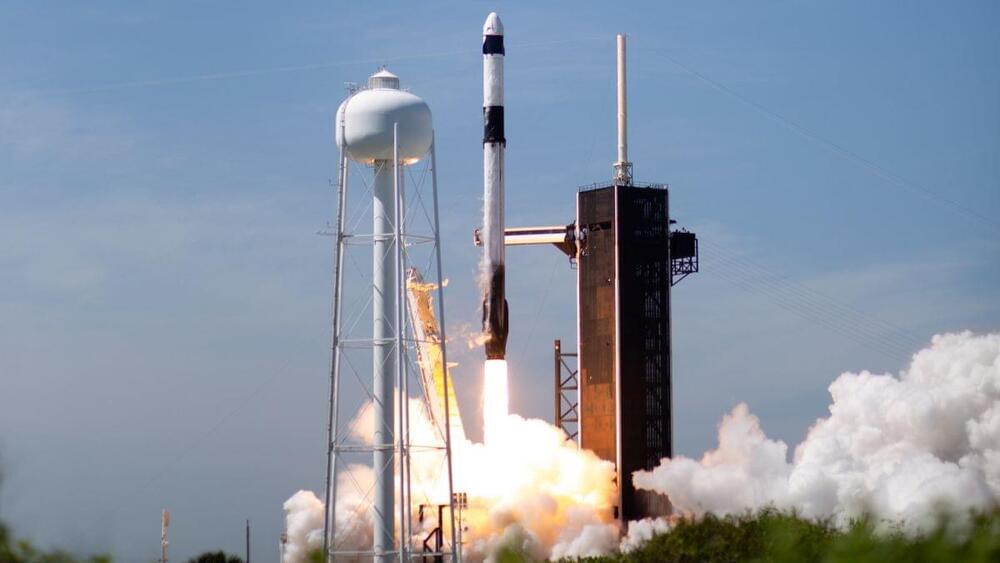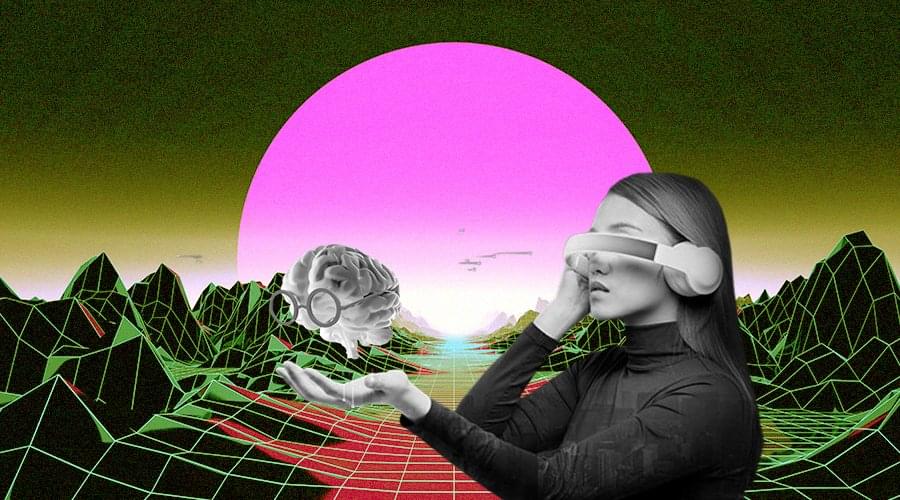Category: robotics/AI – Page 1,660
MIT engineers built a robot for emergency stroke surgeries
Remote robotic-assisted surgery is far from new, with various educational and research institutions developing machines doctors can control from other locations over the years. There hasn’t been a lot of movement on that front when it comes to endovascular treatments for stroke patients, which is why a team of MIT engineers has been developing a telerobotic system surgeons can use over the past few years. The team, which has published its paper in Science Robotics, has now presented a robotic arm that doctors can control remotely using a modified joystick to treat stroke patients.
That arm has a magnet attached to its wrist, and surgeons can adjust its orientation to guide a magnetic wire through the patient’s arteries and vessels in order to remove blood clots in their brain. Similar to in-person procedures, surgeons will have to rely on live imaging to get to the blood clot, except the machine will allow them to treat patients not physically in the room with them.
There’s a critical window of time after a stroke’s onset during which endovascular treatment should be administered to save a patient’s life or to preserve their brain function. Problem is, the procedure is quite complex and takes years to master. It involves guiding a thin wire through vessels and arteries without damaging any of them, after all. Neurosurgeons trained in the procedure are usually found in major hospitals, and patients in remote locations that have to be transported to these larger centers might miss that critical time window. With this machine, surgeons can be anywhere and still perform the procedure. Another upside? It minimizes the doctos’ exposure to radiation from X-ray imaging.

Tachyum Prodigy Processor — Small can be Amazing!
The world’s first universal processor. See the benefits of the fastest running processor for hyperscale data centers and supercomputers and AI.

A flexible way to grab items with feeling: Engineers develop a robotic gripper with rich sensory capabilities
The notion of a large metallic robot that speaks in monotone and moves in lumbering, deliberate steps is somewhat hard to shake. But practitioners in the field of soft robotics have an entirely different image in mind—autonomous devices composed of compliant parts that are gentle to the touch, more closely resembling human fingers than R2-D2 or Robby the Robot.
That model is now being pursued by Professor Edward Adelson and his Perceptual Science Group at MIT’s Computer Science and Artificial Intelligence Laboratory (CSAIL). In a recent project, Adelson and Sandra Liu—a mechanical engineering Ph.D. student at CSAIL—have developed a robotic gripper using novel “GelSight Fin Ray” fingers that, like the human hand, is supple enough to manipulate objects. What sets this work apart from other efforts in the field is that Liu and Adelson have endowed their gripper with touch sensors that can meet or exceed the sensitivity of human skin.
Their work was presented last week at the 2022 IEEE 5th International Conference on Soft Robotics.
Imagine — Worldbuilding Edition
This video was produced on April 15, 2022 for the Future of Life Insititute’s Worldbuilding program.
Please support the Future of Life Institute: https://futureoflife.org.
Music by John Lennon.
Arrangement, keys, lyrics, voice and video editing by Sergio M.L. Tarrero.
#peace #Ukraine #UN #technoabundance #nanotechnology #longevity #AI

Chatbots could one day replace search engines. Here’s why that’s a terrible idea
It was cute—even though LaMDA went on to make a few errors. The AI language model that powers it is still in development, Pichai explained. And Google says it has no plans yet to use LaMDA in its products. Even so, the company is using it to explore new ways to interact with computers—and new ways to search for information. “LaMDA already understands quite a lot about Pluto and millions of other topics,” he said.
The vision of a know-it-all AI that dishes out relevant and accurate information in easy-to-understand bite-size chunks is shaping the way tech companies are approaching the future of search. And with the rise of voice assistants like Siri and Alexa, language models are becoming a go-to technology for finding stuff out in general.

Ax-1, Israel and the ‘New Space’ revolution: Q&A with Israel space chief Uri Oron
Israel punches above its weight in space science and exploration, as it does in most other arenas.
For example, the country developed its own line of orbital rockets, the Shavit (“Comet”) series, which has lofted a number of satellites over the years. And in April 2019, Israel’s Beresheet (“In the Beginning”) mission attempted to put a robotic lander down on the moon, something achieved only by the United States, the USSR/Russia and China — and nearly succeeded.
